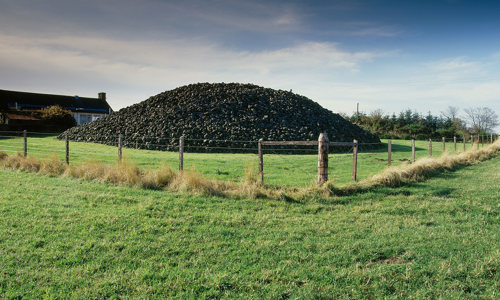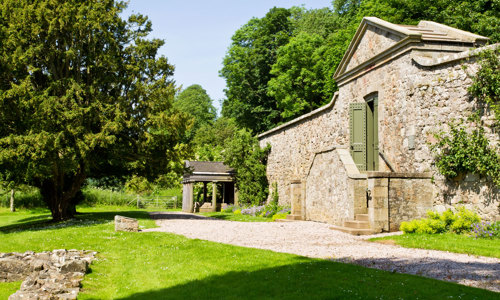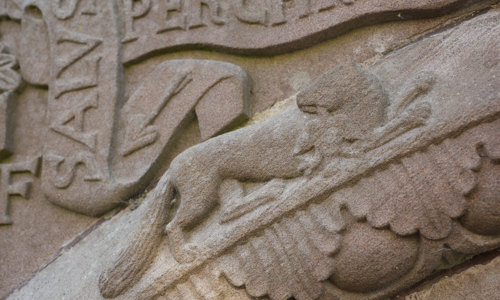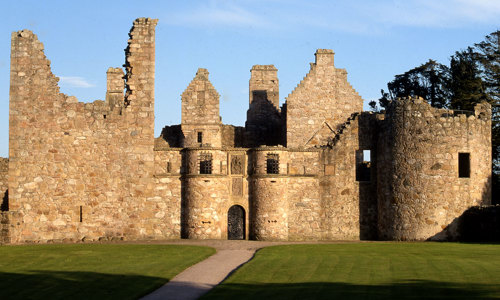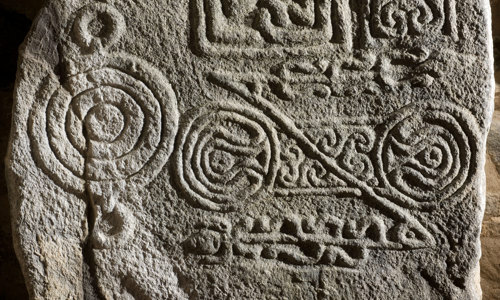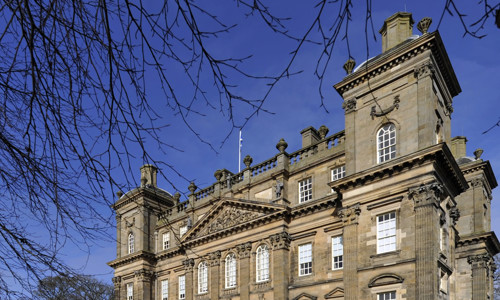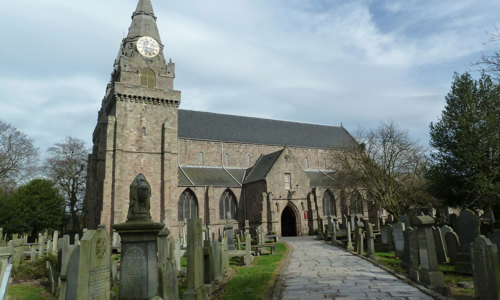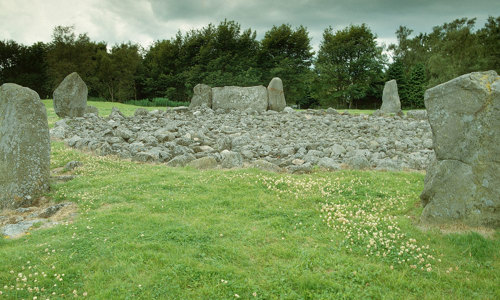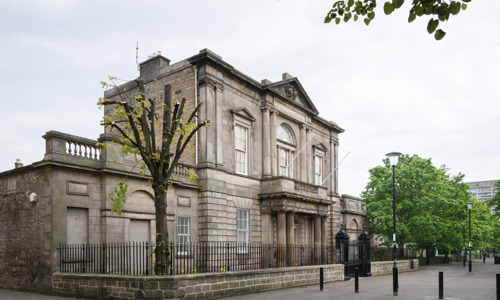History
Kinnaird Head (cinn na h’airde in Gaelic) means ‘at the head of the point of land’. One look at the map tells you that this particular promontory by Fraserburgh is no ordinary headland. It lies on Scotland’s north-east shoulder, where the coastline takes a 90-degree turn.
It’s unclear why the Frasers of Philorth (the ancient name of the parish) built a castle on this exposed point in the 1500s. Perhaps they never saw it as a family residence – their main seat lay inland – but as a focal point in their grand scheme to develop the village of Faithlie into a thriving port. They succeeded: Faithlie is now the bustling port of Fraserburgh.
The Frasers would have seen:
- the opportunities presented by Scotland’s growing trade with continental Europe
- how pivotal Kinnaird Head was to ships trying to navigate around the north-east coast
Their castle may have served from the outset as a navigation beacon.
Two centuries later, in 1786, the newly created Northern Lighthouse Board chose the Frasers’ old tower as the location for one of its first four lighthouses. Kinnaird was the first to be lit, in 1787. Both the tower and the lighthouse it supports are still standing.
Mixture of old and new
This combination of old tower house and new lighthouse is unique – and it’s also lucky to have survived. In 1824, the great lighthouse engineer Robert Stevenson called for the tower to be demolished and replaced by a purpose-built structure.
That the grandfather of Robert Louis Stevenson was persuaded to change his mind is probably down to another of Scotland’s literary giants, Sir Walter Scott. In 1814, Scott accompanied Stevenson on an expedition around Scotland on the Board’s ship Pharos.
In the end, only the buildings around the tower were demolished, to make way for accommodation for lightkeepers and their families.
Instead, alterations were made to the tower:
- the stone-vaulted basement was kept, but other floors were taken out
- new doors and windows were added
- the entire top storey was removed and replaced by the new lantern – its silvered copper parabolic bowls burned spermaceti
- the old stairs were replaced by a fine, new spiral staircase giving access to the lantern
Spermaceti – oil from the head of the sperm whale – was the preferred oil for use in lighthouses, as it burned brighter and longer than any other.
A number of firsts
Kinnaird Head was the first operational lighthouse built in Scotland by the Northern Lighthouse Board.
Its first light, designed by Edinburgh engineer Thomas Smith, was the most powerful of its day. The 17 reflectors were arranged in three horizontal tiers, giving a range of more than 12 miles.
Kinnaird Head became the first British location for a radio beacon, in 1929.


